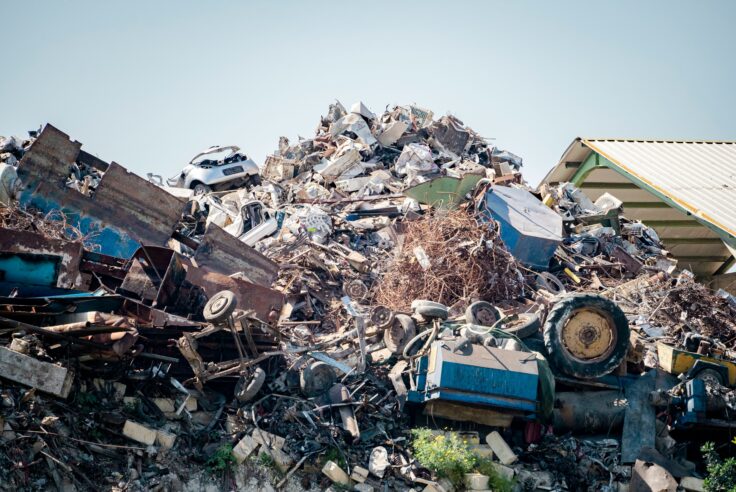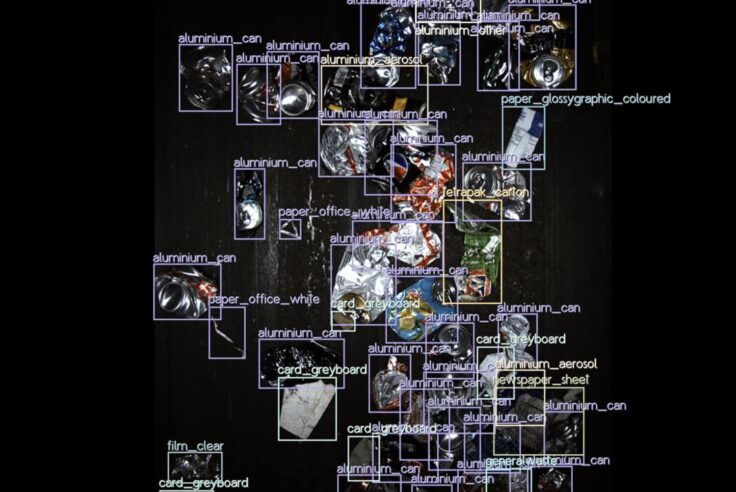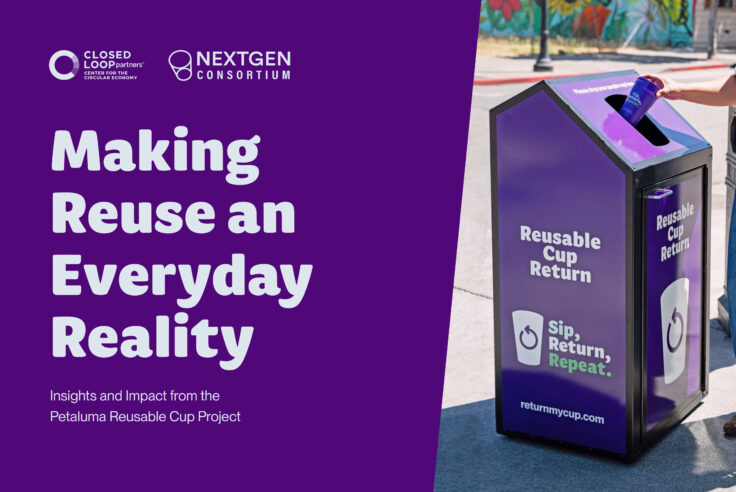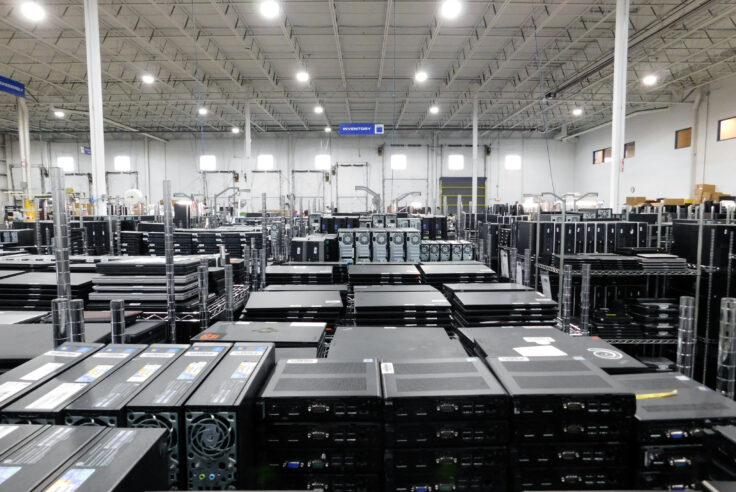Elements of the circular economy have existed within North America for centuries, under different names: indigenous stewardship, industrial ecology, recycling, cradle to cradle, environmental justice, remanufacturing. For the new circular economy to flourish in North America, we must commit to building on this knowledge, in addition to adapting successful international models to our own North American cultures and governing systems.
While here in the U.S and Canada we don’t have the same type of unifying mandates prevalent in the European Union, business and investors are not waiting around for national legislation. They’re deploying capital, and identifying new business models and opportunities for collaboration. Many corporations are setting ambitious goals and doing the difficult work of identifying how circularity can become an integrated part of their bottom line. And in the absence of national legislation or funding, some cities are launching zero waste mandates and circular business accelerators to turn waste into resources and create local jobs. Innovation, investment, policy and above all partnership are the key drivers of the new economic model in the U.S. and Canada, and digitization is a key enabler. And in all of this we must together ensure that the new systems put into place don’t perpetuate the negative outcomes of the old ones, where low-income communities are disproportionately affected by the environmental burdens of pollution and waste.
In our most recent report, The Circular Shift: Four Key Drivers of Circularity in North America, we at Closed Loop Partners drew on our experience as researchers, operators and investors in the circular economy to illustrate the momentum and headway made thus far. Both the public and the private sector are responding to changing consumer preferences, increasing demands for better outcomes for local communities, and regulatory pressures. And it’s the cutting edge sustainable innovations and growing investment opportunities that provide a path forward toward circularity.
We’re in an age of experimentation, perfecting reusable and refillable packaging models, renting rather than buying clothing, and transferring ownership of products and packaging back to their producers. There are many reasons to be optimistic, and the time for action, critically, is now. The clock is ticking on our current linear economic system and the circular economy offers a viable and much-needed solution: a robust framework that aligns the interests of shareholders, corporations, local communities and the environment, and is underpinned by core principles of resource efficiency, inclusiveness and resilience.
Together, we all have a role to play to catalyze inclusive approaches to systems change that shift us toward a better, more circular economy that’s business-led and community-led. There is no question that it will require unexpected and unprecedented collaboration, but personally I’m encouraged by the progress made to date and I look forward to what lies ahead of us in North America and beyond.












